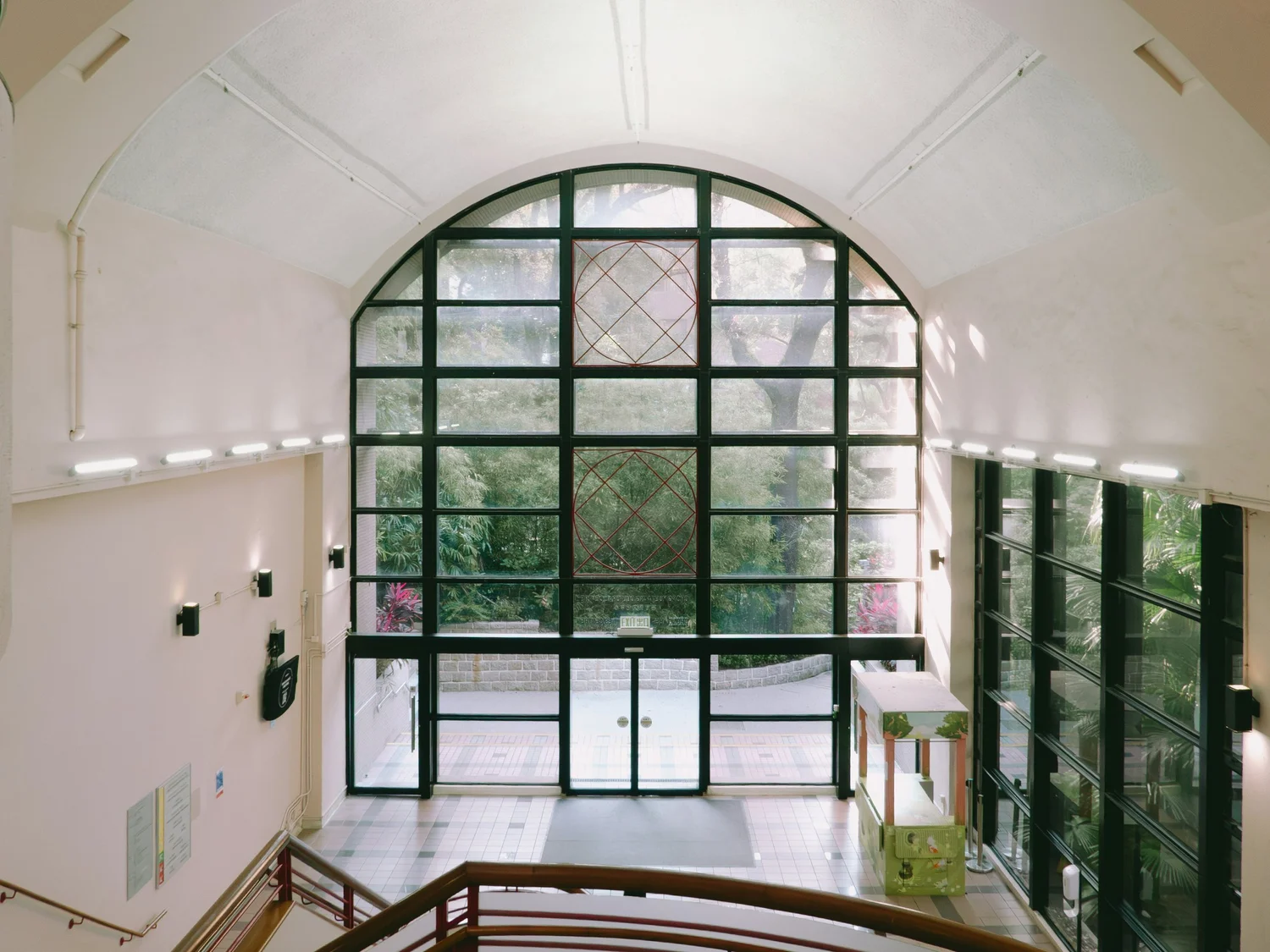Image: https://unsplash.com/photos/interior-view-with-large-arched-windows-MBacKGo_XWY
Apartment amenities have gone from nice-to-have perks into deciding factors that shape leasing speed, renewals and long-term property performance. Investors are watching closely: gyms, coworking spaces and rooftop terraces can move occupancy rates just as much as pricing strategy. The challenge lies in identifying which features consistently drive returns and which drain resources without payoff.
Shifting renter habits, rising financing costs and constrained construction budgets have sharpened the focus on amenities. Developers can no longer add features on instinct or trend alone. Investors need measurable ways to link tenant use, satisfaction and rent premiums to operational outcomes. A disciplined approach reveals which offerings create sustainable value across multiple market cycles — and which erode margins.
Linking Amenities to Operational Performance
Operational impact becomes clearer when amenity use is tied directly to financial performance. Tenant-app bookings, gym check-ins and lounge reservations reveal which features drive daily engagement, while unused spaces highlight misplaced capital. Linking these metrics to rent premiums and operating costs allows investors to project cash flow with greater accuracy than marketing claims or design assumptions alone.
Patterns in amenity use also connect strongly to renewals. Residents who regularly engage with gyms, coworking areas or lounges tend to renew leases at higher rates than those who do not. Segmenting cohorts by usage and comparing lease-up velocity against local benchmarks gives investors practical insight into which features accelerate absorption and strengthen long-term retention.
Tenant Attraction and Retention Impact
Lease decisions often hinge on amenities that connect directly to daily life. A remote worker who values a dedicated coworking area may accept a modest rent premium for that convenience. Social lounges, pet spaces, playgrounds, and modern services offered by parking lot management companies each draw different demographics, but it is the consistent, functional offerings—such as strong Wi-Fi, efficient heating and secure storage—that most influence renewals.
Capturing this link requires structured feedback at the lease stage. A short, focused survey with two priority rankings ties amenity demand directly to leasing behavior. When paired with renewal data, this reveals which features anchor loyalty and which serve only as initial hooks. Over time, the patterns guide investment toward features with proven retention value.
Operational Costs Versus Long-Term Value
Some amenities generate steady appeal but carry hidden operating costs that weigh on net income. Concierge desks require ongoing payroll and scheduling, while pools and gyms demand cleaning, inspections and equipment replacement. Factoring in higher liability premiums for features like pools or playgrounds helps investors distinguish between amenities that enhance leasing and those that erode profitability through recurring expense.
Sustainability investments shift the equation by improving efficiency and lowering utilities. Solar panels, efficient HVAC systems and low-flow fixtures carry upfront capital costs yet often unlock rebates and long-term savings. Modeling five-year cash flows that isolate CapEx, OpEx and insurance impacts provides a clear breakeven view. Treating each amenity as a standalone P&L line reveals which consistently strengthen operating margins.
Market Differentiation and Lease Premiums
In crowded markets, differentiation can be the hinge between ordinary absorption rates and faster lease-up. Amenities aligned with daily routines — like secure storage, flexible coworking areas or package lockers — build practical advantages that competitors struggle to match. Instead of chasing novelty, investors see the strongest returns when features consistently solve tenant pain points within dense, competitive neighborhoods.
Clustering complementary offerings multiplies their value: a coffee bar beside a coworking lounge, or a bike room next to package lockers, creates a sense of intention that prospects notice. Benchmarking these amenity clusters against nearby properties clarifies achievable premiums and strengthens marketing. Transparent scorecards that link feature use to rent comparisons help investors position assets with sharper focus.
Measuring ROI Beyond Rent Increases
Amenity-driven value extends beyond headline rent numbers. A rooftop lounge or pet run may not command immediate premiums but can attract larger touring volumes and faster lease signings, improving occupancy stability. Tracking amenity-based satisfaction scores, referral activity and open-house attendance uncovers how these features contribute to consistent tenant demand beyond simple pricing metrics.
A disciplined ROI framework blends financial data with tenant behavior signals. Comparing time-to-lease and occupancy rates against nearby properties sharpens the view of competitive positioning. Referral conversion, listing engagement and amenity-use feedback form a second layer of measurement. A concise dashboard capturing these touchpoints helps investors identify which amenities sustain loyalty, drive marketing impact and generate repeatable financial gains.
Investors who treat amenities as measurable assets, rather than cosmetic add-ons, unlock clearer strategies for both growth and stability. Usage rates, renewal lift and leasing velocity reveal where dollars deliver compounding returns, while overlooked features expose hidden costs that erode margins. Combining tenant feedback with operational benchmarks brings discipline to what was once guesswork. When capital plans integrate sustainable measures and right-sized shared spaces, properties balance financial performance with tenant loyalty. The result is an amenity mix that strengthens market position, protects net operating income and builds resilience across real estate cycles.



